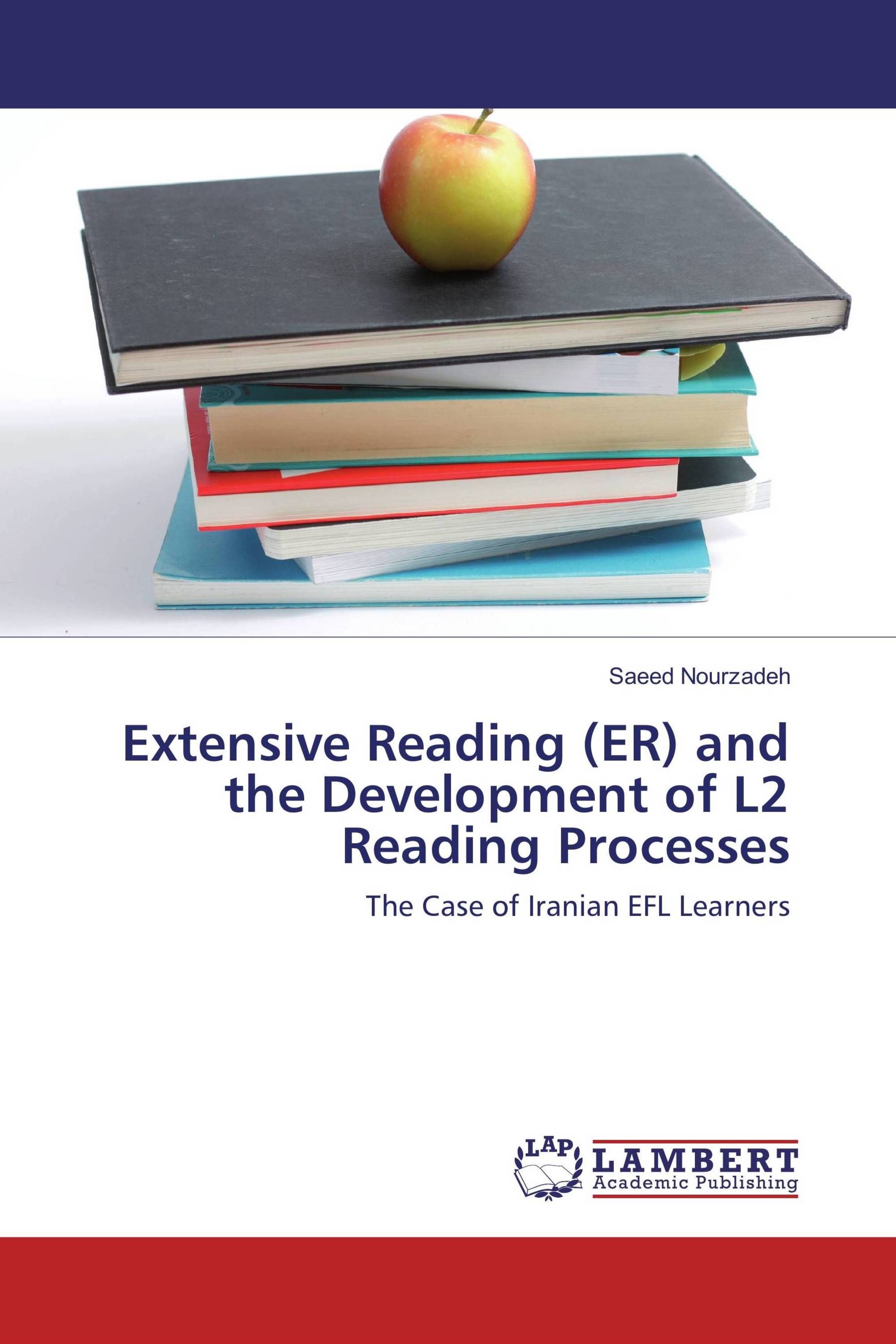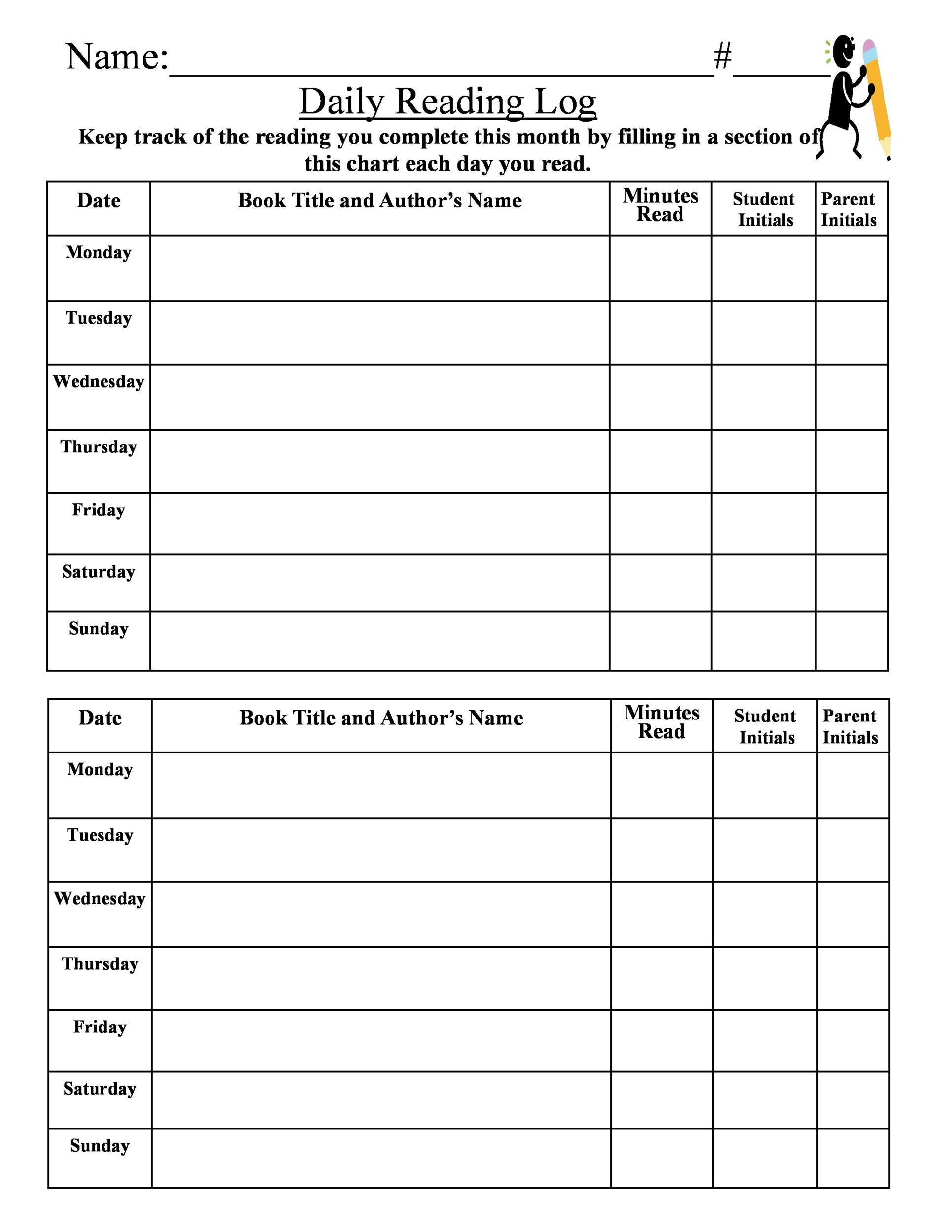Extensive Reading Presentation
| Introduction | ||
|---|---|---|
| Extensive reading is a language learning approach that emphasizes reading large amounts of material for pleasure and comprehension. It is based on the idea that reading extensively improves language skills, vocabulary, and fluency. Extensive reading can be done with various types of texts, such as books, articles, and online content. | ||
| 1 | ||
| Benefits of Extensive Reading | ||
|---|---|---|
| Enhances vocabulary acquisition by exposing learners to a wide range of words in context. Improves reading speed and fluency through regular practice and exposure to different sentence structures. Develops a sense of enjoyment and motivation for reading, leading to increased engagement and continued language learning. | ||
| 2 | ||
| Principles of Extensive Reading | ||
|---|---|---|
| Free choice: Learners have the freedom to choose reading materials based on their interests and reading level. Graded readers: Books specifically designed for language learners with controlled vocabulary and grammar. Quantity: The emphasis is on reading a large volume of texts rather than focusing on complex analysis or intensive study. | ||
| 3 | ||
| Implementation of Extensive Reading | ||
|---|---|---|
| Establish a reading routine: Set aside regular time for reading, even if it's just a few minutes a day. Provide a variety of reading materials: Offer a range of genres, topics, and difficulty levels to cater to different interests and abilities. Monitor progress: Encourage learners to keep a reading log or use online platforms to track their reading achievements. | ||
| 4 | ||
| Supporting Learners in Extensive Reading | ||
|---|---|---|
| Pre-reading activities: Help learners activate prior knowledge and build anticipation for the reading material. Post-reading discussions: Encourage learners to share their thoughts, opinions, and questions about what they have read. Provide guidance and support: Offer assistance when learners encounter difficulties with comprehension or unfamiliar vocabulary. | ||
| 5 | ||
| Integrating Extensive Reading in the Classroom | ||
|---|---|---|
| Set up a classroom library: Create a collection of books and materials that students can borrow and read independently. Book clubs or reading circles: Foster discussions and create a sense of community around reading by organizing group activities. Reading challenges and rewards: Motivate students by setting reading goals and acknowledging their achievements. | ||
| 6 | ||
| Assessing Extensive Reading | ||
|---|---|---|
| Reading logs: Have learners maintain a record of the books they have read, along with brief summaries or reflections. Comprehension quizzes: Use short quizzes to assess understanding and encourage active engagement with the material. Oral presentations: Ask learners to give presentations or share book reviews to demonstrate comprehension and express their thoughts. | ||
| 7 | ||
| Tips for Learners | ||
|---|---|---|
| Start with easier texts: Begin with materials that are below your current reading level to build confidence and improve fluency. Set realistic goals: Establish achievable reading targets to stay motivated and track your progress. Enjoy the process: Embrace the pleasure of reading and choose materials that genuinely interest you. | ||
| 8 | ||
| Conclusion | ||
|---|---|---|
| Extensive reading is a valuable approach for language learners to improve vocabulary, reading speed, and enjoyment of reading. It fosters independent learning, encourages engagement, and helps learners develop a lifelong love for reading. By incorporating extensive reading into language learning, learners can enhance their language skills and become more confident readers. | ||
| 9 | ||
| Questions? | ||
|---|---|---|
| Thank you for your attention! Any questions about extensive reading? Your second bullet Your third bullet | ||
| 10 | ||








